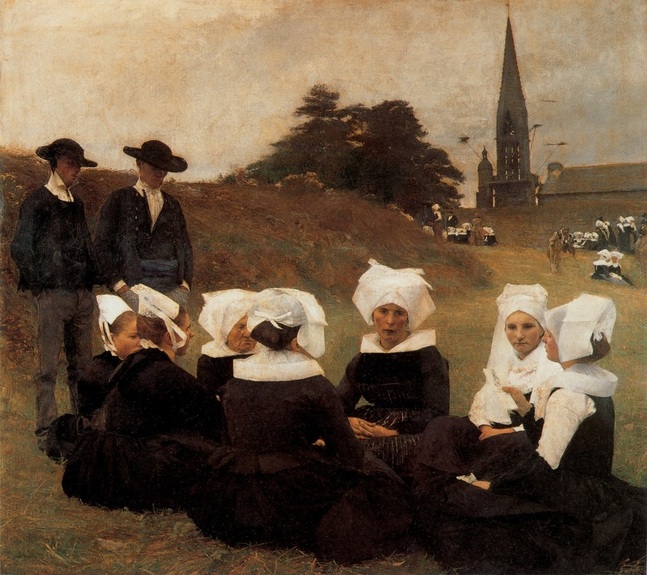 "Les Bretonnes au Pardon" ("Breton Women at a Pardon"), 1887. Oil on Canvas. Museu Calouste Gulbenkian, Lisbon. "Les Bretonnes au Pardon" ("Breton Women at a Pardon"), 1887. Oil on Canvas. Museu Calouste Gulbenkian, Lisbon. Pascal-Adolphe-Jean Dagnan-Bouveret was a nineteenth century French painter. He was a gifted and favorite student of Jean Léon Gérôme at the École des Beaux-Art, the preeminent art academy in Paris, where those who entered were selected to have an official career as a painter. He began his studies in April of 1869. In his youth, he and his brothers lived with his grandparents in Mulen, France, after his mother's death in 1858. Only a year before her death, Louise Bouveret moved her sons, Pascal-Adolphe-Jean and Emile Gabriel to Rio de Janeiro, joining their father, Bernard Dagnan, where he owned a prosperous clothing company. After his mother died, his father sent his children (including a third son, Victor), back to France to live with his father-in-law, Gabriel Bouveret. The young artist and his brothers grew up in a comfortable middle-class environment and it was there where he began to develop his artistic sense. He took art lessons as a child in Mulen and made many drawings of his family. It was a turbulent time in France when Dagnan-Bouveret was a student at the École. The Franco Prussian War of 1870 had taken a devastating toll on the country and because of the fighting in the Paris Commune, large areas of Paris were destroyed. As a result, the supremacy of the arts in France began to falter. But by the end of the decade France began to see a return of the artistic spirit and young artists from all around Europe and the United States came to Paris to study at the Ecole. These students believed that they could receive the best education from the traditional academies in Paris and that academic training would position them for exposure through exhibiting in the Salons. Dagnan-Bouveret enjoyed success as a young artist in Paris, winning numerous prizes at the Salon. He began to see the need to shift to the more modern and contemporary painting styles becoming fashionable during the late nineteenth century and he was capable of transforming his classical academic training into new methods so that his work was available to the public. In fact, Dagnan-Bouveret, like many other artists began to explore the use of photography and was interested in how the new medium could aide the artist in an academic naturalistic approach. His teacher, Jean Léon Gérôme used photography as well. “His insistence on using photography under the initial stimulus of Gérôme, reveals that he was among the most forward-looking members of the academic tradition; he recognized that the “old" classical system of planning a composition had to respond to the new technologies that were already being applied and assimilated by painters of the avant-garde."(1) The images above represent a sampling of photos and sketches Dagnan-Bouveret made in preparation for “Les Bretonnes au Pardon" (“Breton Women at a Pardon") - shown above. He began to make this painting in the summer of 1887 while in Ormoy, France. He'd taken a photograph of a church in the distance and pictured in the foreground of the photo is a male figure with a handkerchief on his head - the same location where one of the Breton women sits in the final painting. Dagnan-Bouveret worked in an outdoor tent where he compiled numerous preliminary drawings on tracing paper, pastel drawings and oil sketches. He made drawings on tracing paper in order that they might be modified and enlarged for the final composition. The Breton people come from Brittany, one of the most staunchly Roman Catholic regions of France. The Breton's are, along with the Welch and Cornish, one of the last vestiges of the ancient British. Dagnan-Bouveret's painting was completed in late 1888 or 1889, the same year it was exhibited at the Salon. It received the Medal of Honor at the Salon and the Grand Prize at the Exposition Universalle. The public reception of the painting was overwhelming. A very influential critic at the time, Albert Wolff, hailed the Breton Women as “a work of beauty, contemplation and peacefulness. It is great, honest art."(2)
During the early twentieth century, most traditionalist painters became obscure and outdated. Although he continued to paint actively into the second and third decades of the twentieth century, Dagnan-Bouveret's traditional work was considered passé and insignificant as compared to the new artists who were painting under the auspices of surrealism, dadaism, fauvism and the School of Paris. One year after the artist's death, in 1930, a retrospective of his work was held at the Ecole Des Beaux-Arts. By then avant-garde modernism had progressed and dominated the art scene in Paris and abroad and the French academic style of painting was effectively over - mainly due to the unilateral control of the academic professors of the Ecole who were resistent to change and modern approaches to painting. From 1930 - 1980 little attention was paid to Pascal Adolphe Jean Dagnan-Bouveret. His work, along with other French academic painters, like Jean Léon Gérôme, William Bouguereau and Jules Breton were forgotten after their deaths. Dagnan-Bouveret worked as an advocate for the preservation of tradition and while he came against the avant-garde, he understood and even embraced modernism. (1), (2)Gabriel P.Weisberg. Against the Modern: Dagnan-Bouveret and the Transformation of the Academic Tradition. New York: Dahesh Museum of Art, 2002. ISBN 0-8135-3156-X
0 Comments
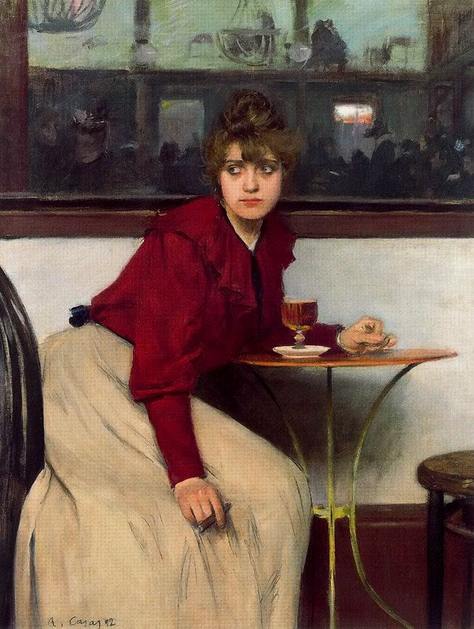 Ramon Casas i Carbó, "At the Moulin De La Galette or La Madeleine", Oil on Canvas, 1892 This striking painting, "At the Moulin De La Galette or La Madeleine", by Ramon Casas i Carbó, was completed in 1892. Casas was a Spanish painter, born in Barcelona in 1866. He was known for his portraits of the wealthy and elite. He painted "crowd scenes ranging from the audience at a bullfight to the assembly for an execution to rioters in the Barcelona streets" and in 1904 he won the grand prize for the painting, "The Charge or Barcelona" at the General Exposition in Madrid. Casas worked as a graphic designer and with his posters and cards helped to define the Catalan cultural art movement, modernisme, considered to be the Catalan equivalent of Art Nouveau. His "Self-Portrait as a Flamenco Dancer", completed in 1883 at age 22, won him an invitation as a member of the salon of the Societé d'artistes françaises. Casas studied for a short time with Charles Auguste Émile Durand, known as Carolus-Duran at his academy in Paris and later at the Gervex Academy under French painter, Henri Gervex. During the 1890's the artist began to paint interiors which always included a female figure. He died at his home in Barcelona in 1932 at the age of 66. 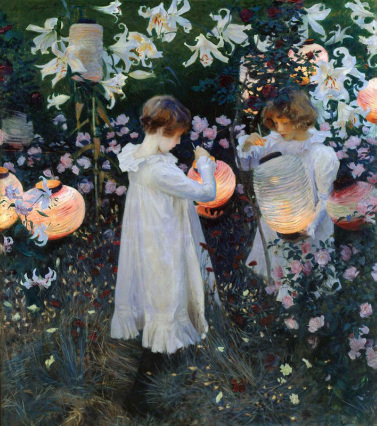 Poet, art critic and friend to John Singer Sargent, Edmund Gosse, wrote of Sargent's working style for this amazing painting, "...the easel, the canvas, the flowers, the demure little girls in their white dresses, before we began our daily afternoon lawn tennis, in which Sargent took his share. But at the exact moment, which of course came a minute or two earlier each evening, the game was stopped, and the painter was accompanied to the scene of this labours. Instantly, he took up his place at a distance from the canvas, and at a certain notation of the light ran forward over the lawn with the action of a wag-tail, planting at the same time, rapid dabs of paint on the picture, and then retiring again, only, with equal suddenness, to repeat the wag-tail action. All this occupied but two or three minutes, the light rapidly declining, and then, while he left the young ladies to remove his machinery, Sargent would join us again, so long as the twilight permitted, in a last turn at lawn tennis." (quoted in Evan Charteris' "John Sargent", pp.74-75). "Carnation, Lily, Lily, Rose" was painted by Sargent between August 1885 and October 1886. Sargent was inspired by the Chinese lanterns and lilies hanging from trees while on a boating trip on the Thames near Pangbourne with American artist Edwin Austin Abbey in the summer of 1885. This painting was one of the few he painted of figures outside, in the Impressionist style. He began the painting, which was originally entitled, "Garden Study" during a visit to Broadway, Worchester where he stayed with American painter and friend, Francis Davis Millet and his family. It was first conceived as a picture of a young girl lighting a lantern as the light of day around her faded into evening. As his original model, Sargent painted the Millet's daughter, Katharine. Dark haired Katharine was only five years old. He felt the her hair should be light in the painting, so he found a wig for her to wear. Soon after, he found Polly and and Dorothy Barnard, daughters of Alice and Fred Barnard. They were a bit older than Katharine Millet. They were seven and eleven, and had blonde hair. Painting "Carnation, Lily, Lily, Rose" (a title taken after the refrain of a popular song of the day "The Wreath" by composer Joseph Mazzinghi.), was at best a difficult undertaking as the children were wriggly and the light at that moment in evening when he painted was brief. He made sure his tools were at the ready as evening came when he posed his models for brief moments of painting. As summer ended and cooler weather approached, Sargent replaced the lilies with imitations. He was said to have, on several occasions, scraped the previous evening's paint off, starting anew during the next evening's session. He made the composition smaller and squarish by cutting two feet off the left side. The painting was purchased in 1887 for The Tate Gallery Britain, London. References: "John Singer Sargent", by Carter Ratcliff. Cross River Press. Ltd.; The Tate Britain. Studies for "Carnation, Lily, Lily, Rose".
|
AuthorNicole Adkisson is the Director and principal instructor at the Oklahoma Academy of Classical Art. Thanks for reading - hope you enjoy! Archives
July 2020
Categories
All
You can subscribe to blog updates via email by submitting your email address in the space provided below.
|
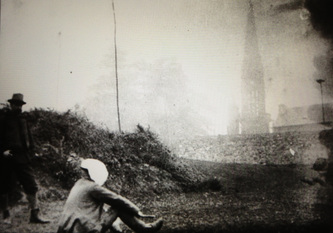
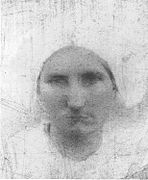
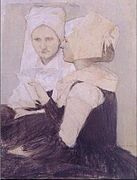
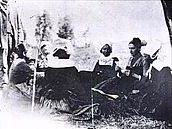
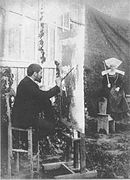
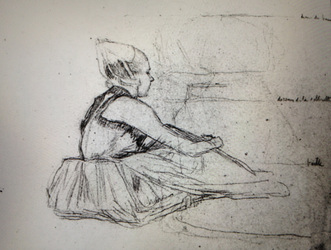
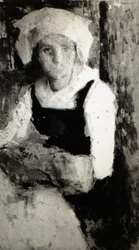
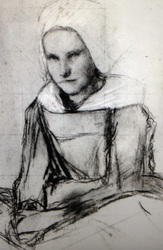
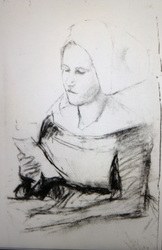
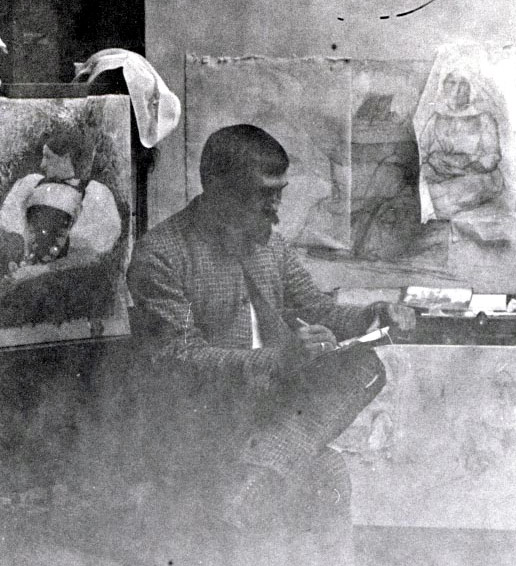
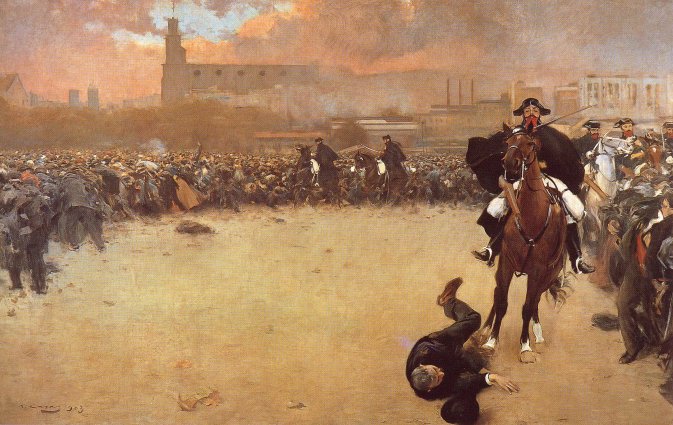
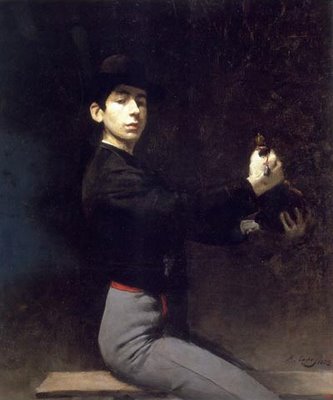
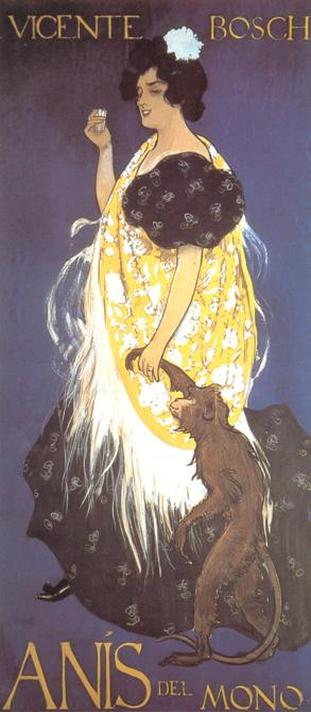
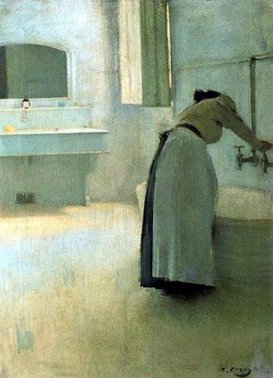
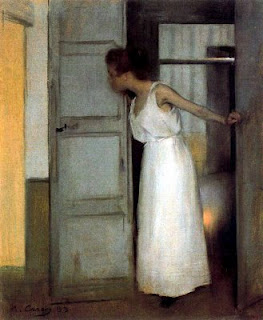
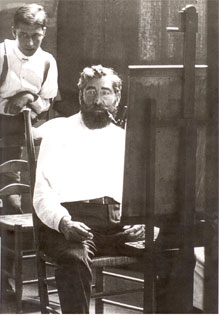
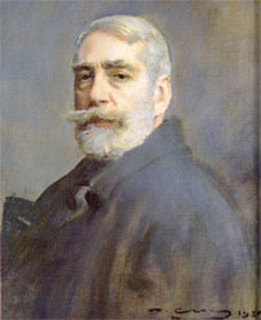
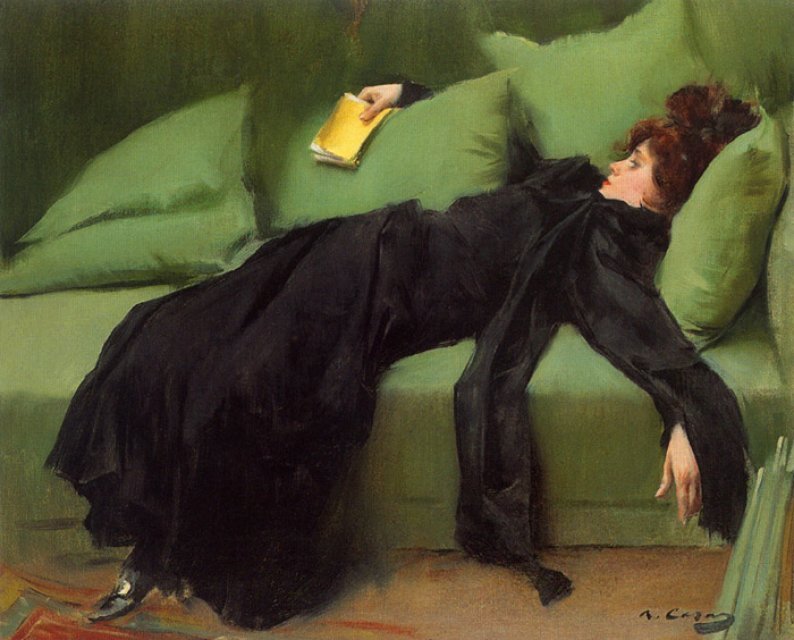

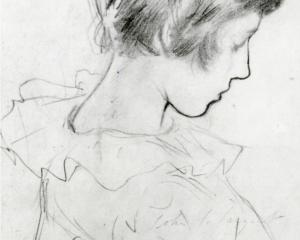
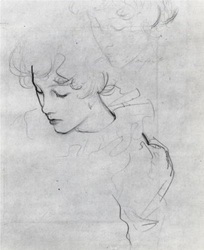
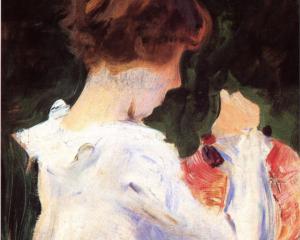
 RSS Feed
RSS Feed
